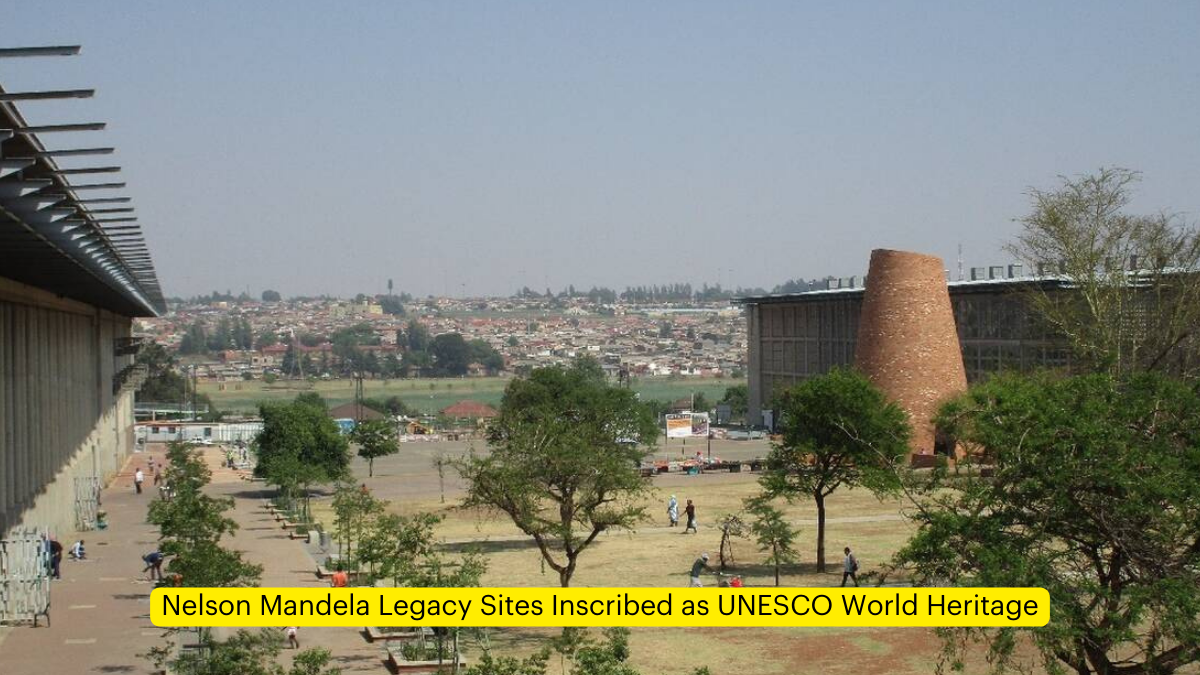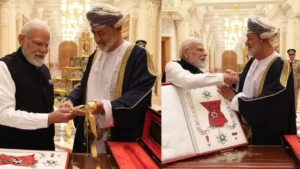In a momentous decision that celebrates the life and legacy of one of the world’s most revered leaders, the United Nations Educational, Scientific and Cultural Organisation (UNESCO) has inscribed several iconic South African sites associated with Nelson Mandela as World Heritage Sites. This recognition, announced during the 46th session of the UNESCO World Heritage Committee in New Delhi, marks a significant milestone in preserving the memory of South Africa’s journey from apartheid to democracy.
The Human Rights, Liberation and Reconciliation: Nelson Mandela Legacy Sites
A Collective Testament to a Nation’s Struggle
The newly recognized World Heritage property, officially named “The Human Rights, Liberation and Reconciliation: Nelson Mandela Legacy Sites,” encompasses 14 locations intricately linked to Nelson Mandela’s life and South Africa’s liberation struggle. These sites stand as powerful symbols of the country’s tumultuous history and its eventual triumph over oppression.
Key Components of the Legacy Sites
Among the 14 components are several locations of profound historical significance:
- The Union Buildings in Pretoria, where Mandela was inaugurated as South Africa’s first democratically elected President
- Constitution Hill in Johannesburg, a former prison turned home to South Africa’s highest judicial office, where both Mandela and Mahatma Gandhi were once incarcerated
These sites, along with the others included in the designation, embody the core values of human rights, liberation, and reconciliation that defined Mandela’s life and continue to inspire people worldwide.
Presidential Endorsement and National Pride
President Cyril Ramaphosa has expressed his wholehearted approval of this UNESCO recognition. In a statement from his office, Ramaphosa emphasized the collective importance of these sites, stating, “Collectively, this serial property demonstrates the events and ideas that served as the core of South Africa’s liberation struggle, which continues to inspire humanity embracing reconciliation, a quarter century later.”
The President’s office also extended gratitude to UNESCO for honoring the country’s history and rich legacy, underscoring the global significance of South Africa’s journey to freedom and democracy.
Global Context and Additional Recognitions
Joining Prestigious Company
With this inscription, the Union Buildings now stand alongside other globally renowned landmarks on the UNESCO World Heritage List, including:
- The Kremlin
- Kasubi Tombs
- Taj Mahal
- The Vatican
This inclusion not only elevates the status of these South African sites but also places them within a global context of human achievement and cultural significance.
Middle Stone Age Sites
In addition to the Mandela Legacy Sites, UNESCO also recognized three Middle Stone Age sites in South Africa. This acknowledgment highlights the country’s significant contribution to our understanding of the origins of modern human behavior, further enriching South Africa’s cultural and historical importance on the world stage.
Implications and Responsibilities
Expanding South Africa’s World Heritage Footprint
The inclusion of these two serial properties brings South Africa’s total number of World Heritage Sites to an impressive 12. This expansion underscores the country’s rich historical and cultural tapestry, spanning from prehistoric times to the recent struggle for freedom and democracy.
Call for Preservation and Sustainable Development
The South African Presidency has issued a call to action, urging all South Africans, government spheres, management authorities, and heritage stakeholders to collaborate in protecting these treasured sites. The goal is twofold:
- To ensure these sites contribute meaningfully to sustainable development in local communities
- To promote the values of human rights, freedom, peace, and reconciliation that these sites embody




 Who Is Nnena Kalu? First Artist with Lea...
Who Is Nnena Kalu? First Artist with Lea...
 PGIMER Chandigarh Retains Top Spot as In...
PGIMER Chandigarh Retains Top Spot as In...
 PM Modi Receives Oman’s Highest Honour, ...
PM Modi Receives Oman’s Highest Honour, ...







